Japanese food (Page 23)
Fulfill your craving for gyoza dumplings anytime, anywhere with this popular device from Japanese 100 yen store chain Daiso.
Want to eat like a big kid, only with more grace and style? This restaurant in Kyoto offers a “Kids’ Special – for Adults”! Naturally we had to go and scoff—er, try—it for ourselves…
Let’s see what tempting (and pricey) Ehomaki rolls are on offer at Tobu Ikebukuro Department Store this year to celebrate the coming of spring on Setsubun day.
Gyudon, or beef bowl, restaurants offer a plethora of toppings to add to your meal and it can be hard to choose just one. So why not choose them all?
When a reporter for popular social news site BuzzFeed ate at Ramen Jiro recently, Japan’s netizens had plenty to say about it!
Many of us dream of eating authentic sushi in Japan. But do you know the proper decorum for ordering? How about paying the bill? And what’s the difference between nigiri and narezushi, anyway?
Does that beautiful breakfast look like it came from the kitchen of a high-class ryokan inn or loving Japanese family? Guess again – it’s all from 7-Eleven!
Tokyo Skytree has a brilliant light display in store for four days only, and it’s designed to represent three of Japan’s signature dishes: tamago kake gohan (egg with rice), o-nabe (Japanese hot pot), and takikomi gohan (seasoned steamed rice).
If you’ve ever worked in a customer-facing role, you know just how demanding some people can be. There are times you get talked down to, bossed around, and treated like you’re sub-human just because you’re the employee and they’re the one spending the cash.
On the flip-side, as a customer, you expect to be treated respectfully and get what you pay for. Most of the time there’s a fairly even balance—interaction between customer and employee goes smoothly, both parties are polite and respectful, and all’s well that ends well. But sometimes that balance can be upset, and things can get way out of hand. Like what happened at this ramen restaurant in Japan’s Hyogo Prefecture, when an argument turned into a three-hour sit-in that ended with local police making an arrest…
Japanese often say that a good view makes a meal taste better, so it goes without saying that a cute-looking lunchbox would also enhance the contents inside. From meals served in Shinkansen-shaped containers or rabbit-faced boxes that can be reused as coin banks, to lunch boxes that play music or have collector’s items hidden inside, Japan’s ekiben take Japanese food to a whole new level.
Today we’d like to tell you about “Ekiben”, a little book by Aki Tomura which introduces the best and most unique train station lunch boxes in Japan. We’ve chosen just a few to highlight from this gorgeously photographed, pocket-size book. The word Ekiben is a combination of two Japanese words: eki (station) and bento (lunchbox), so make your next train trip a gourmet ride with these bento available at various JR stations—just waiting for you to buy, smile, and devour.
Let the fun begin!
Although the internet has revolutionized our lives in countless ways, one of the most appreciated is the simple yet outside-the-box recipes that appear on it from time to time. Where else can we discover that a rice cooker can be used to make mind-blowing pancakes or crème caramel on top of instant ramen makes for a delicious flavor boost?
Now, a Twitter user going by the handle of @rea941 has unveiled a new way to enjoy Japan’s favorite instant food, Cup Noodle. With the leftover soup you can make a delicious chawanmushi egg custard. It’s so easy the entire recipe could fit in a single tweet!
With easy, delicious, and cheap being the trifecta of RocketNews24 gourmet bliss, we couldn’t help but make some for ourselves.
Ramen, which despite its origins many now consider to be one of the national dishes of Japan, seems to have steadily grown in popularity and recognition outside the country as well, with an increasing number of ramen establishments opening in locations such as Singapore, London, New York, Los Angeles and even the Netherlands in recent years.
Now, one of the most successful ramen chains in Japan, Hakata Ippudo—often simply referred to simply as “Ippudo”—will be venturing into a brave new culinary frontier as they open their very first shop in Paris, France, this December. We can imagine it has to be pretty exciting and challenging for a foreign-based restaurant to open shop in the country that gave us the Michelin Guide, and it also looks like we can look forward to some fashionable collaborations to commemorate Ippudo’s foray into one of the gourmet capitals of the world!
Lunch-making parents in Japan have long been infusing their midday meals with fun characters designed to please the eye along with the taste buds. A common ingredient used for detail and decoration is the humble dried seaweed sheet called nori. The dark color makes it perfect for creating lines and patterns, and since it comes in a flat sheet you can cut out some fairly detailed shapes with a knife. If you quickly browse through some amazing character bento we’ve shared with you before, you’ll see the important role that seaweed plays in their design.
However, it’s not only good in a supporting role; world-renowned seaweed shop Kozen wants to elevate it to a star in the art world! Forget all the other ingredients you might find in a bento, “Nori Art” is all you need to turn your next meal into an unforgettable feast.
Believe it or not, train stations are one of the best places to buy gifts in Japan. Train station omiyage (gifts brought back from your travels) are usually edible, representative of the local culture, and are well-received by everyone from colleagues at work to friends or neighbors.
Whereas in the west we tend to keep a person’s personality and their likes in mind when buying a gift, thankfully in Japan, it’s much easier—just buy what’s most popular! In convenient Japan, you’ll find most of the decisions already made for you, so all you have to do is decide how many pre-giftwrapped boxes you want of each item, and you’ll soon be on your way. You can even wait until you’re on the train to buy them from the vendor pushing their cart up and down the aisles on the Shinkansen.
While initially the array of train station omiyage may seem baffling (hundreds of choices!), in this article we whittle it down to the most popular picks; the things that anyone would love to receive. We’ll start in Hokkaido up in the north and move down the archipelago station by station, highlighting the most popular gifts sold at each bullet train station. At the end, we also offer some suggestions on what to purchase if you’re looking for souvenirs from Japan to take abroad.

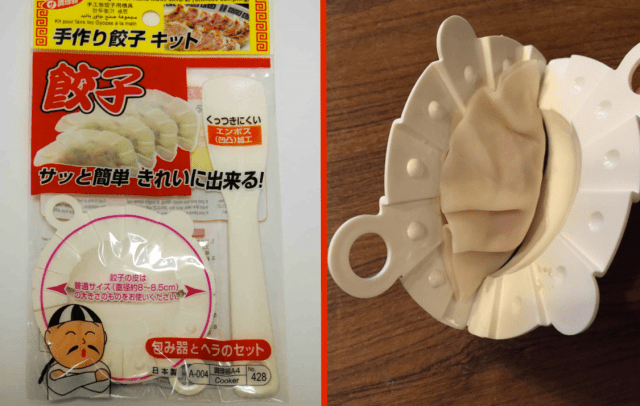

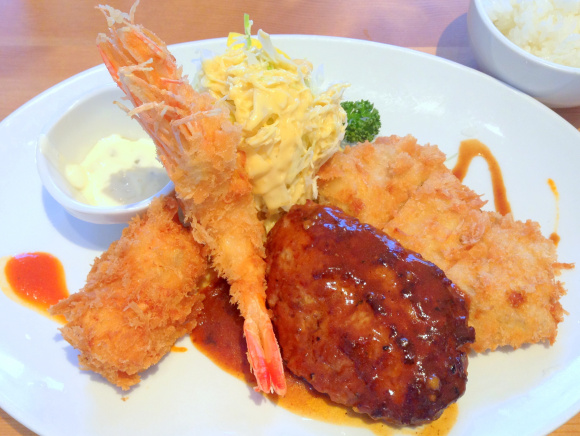

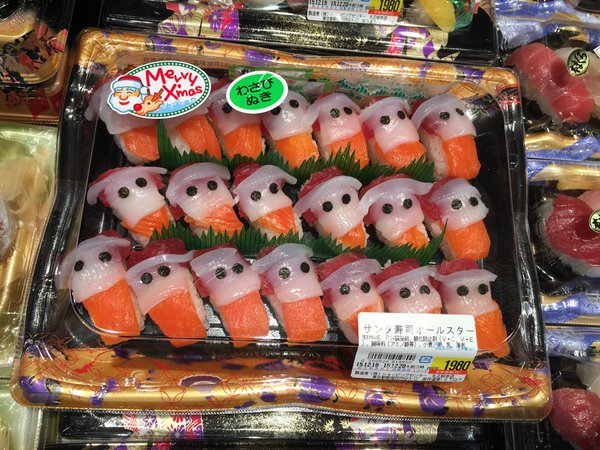
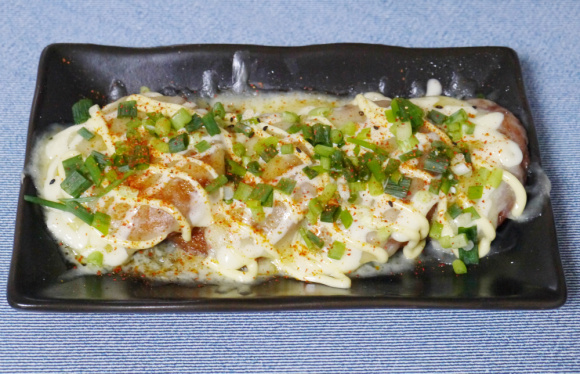
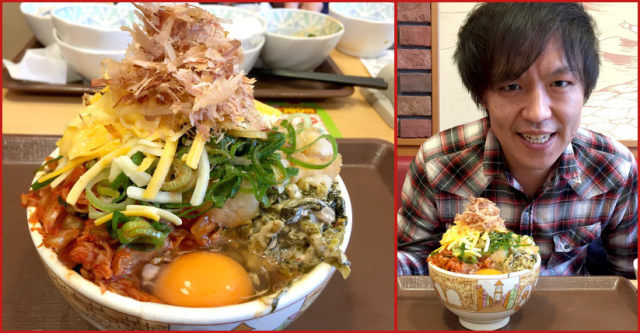
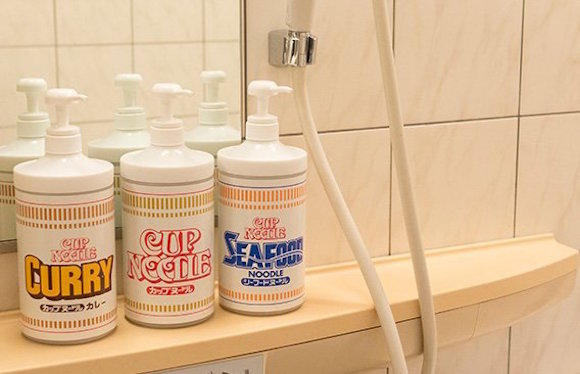
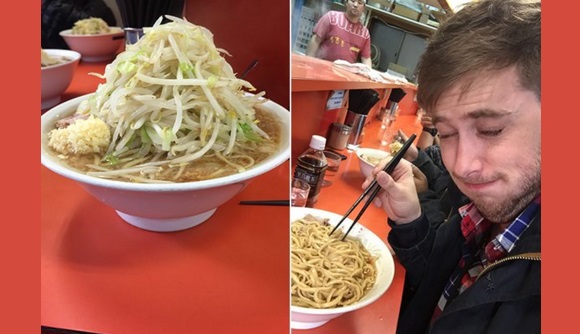
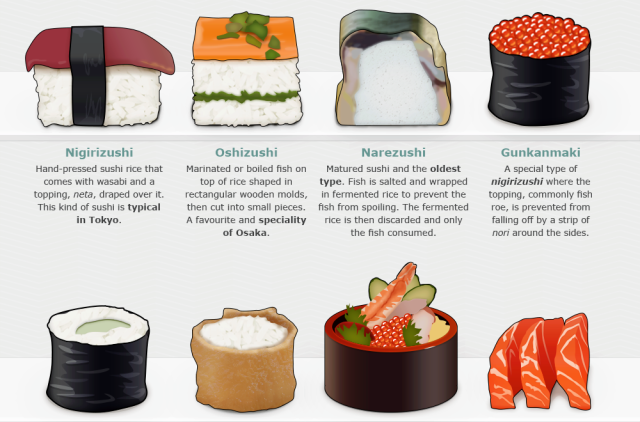
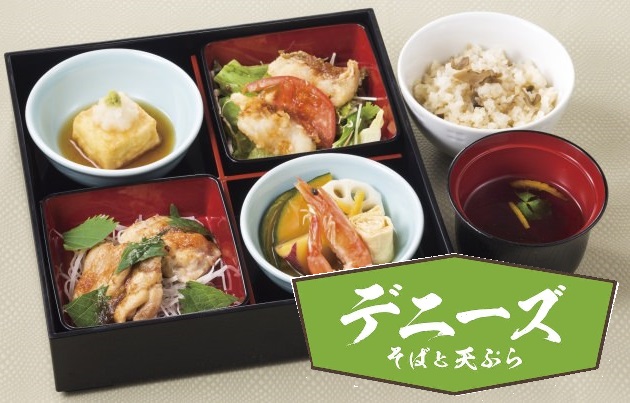
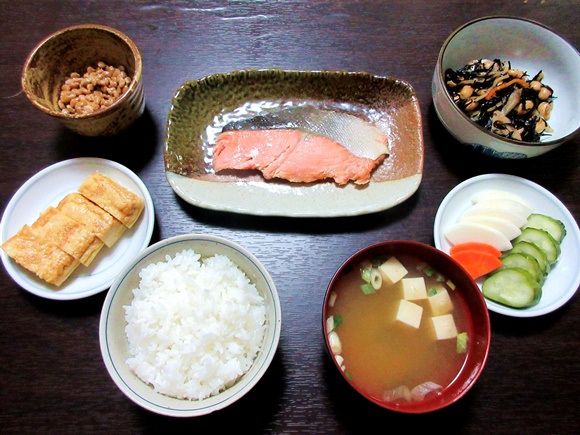

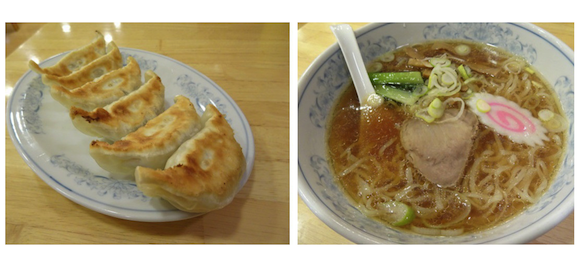
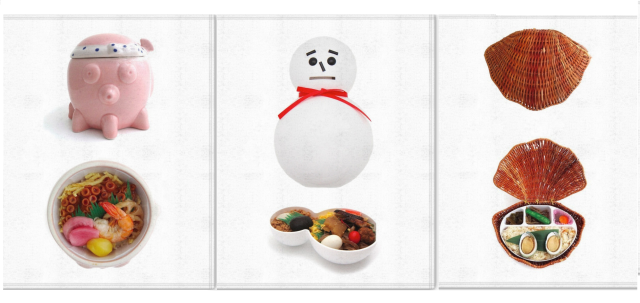
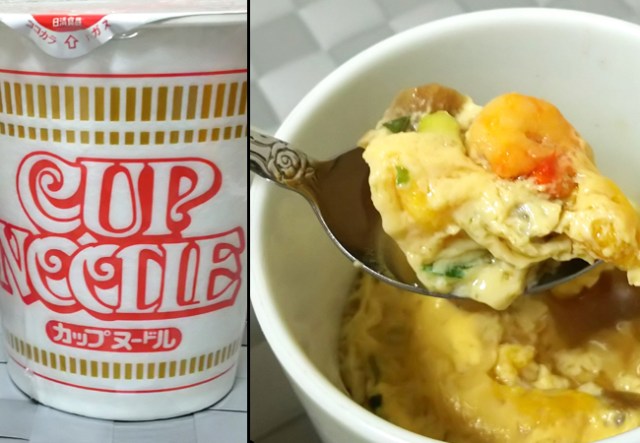
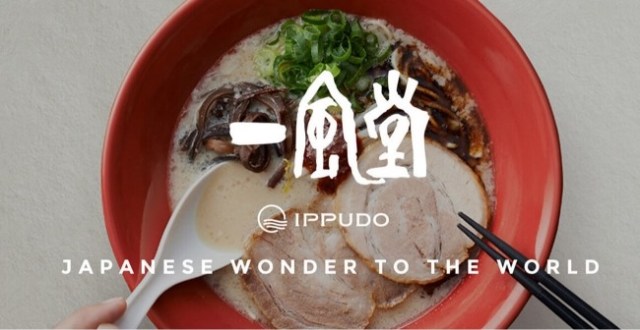
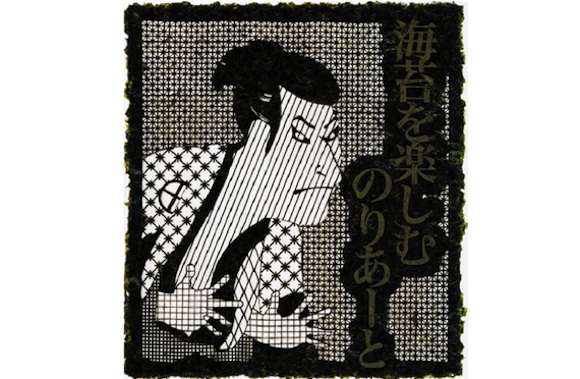
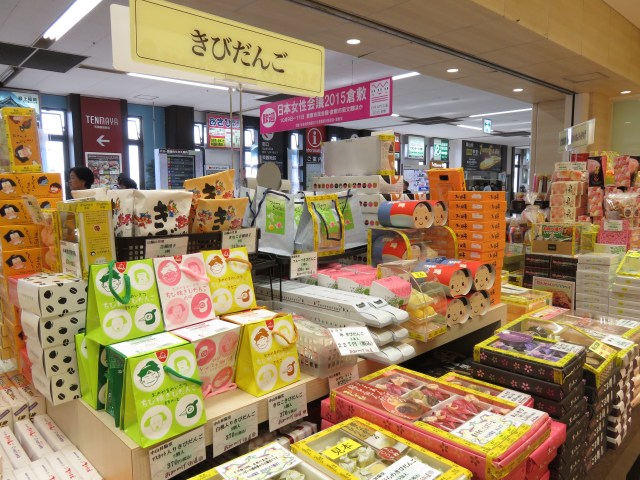
 Lacquerware supplier to emperor of Japan and Pokémon team up for new tableware
Lacquerware supplier to emperor of Japan and Pokémon team up for new tableware 7-Eleven Japan’s ramen-cooking robot whipped us up a bowl of noodles【Taste test】
7-Eleven Japan’s ramen-cooking robot whipped us up a bowl of noodles【Taste test】 Hello Kitty Choco Egg figures are an adorable trip through three periods of Japanese pop culture【Pics】
Hello Kitty Choco Egg figures are an adorable trip through three periods of Japanese pop culture【Pics】 Cyberpunk anime meets traditional culture in Ghost in the Shell gold leaf Japanese changing screens
Cyberpunk anime meets traditional culture in Ghost in the Shell gold leaf Japanese changing screens Japan’s otoshidama tradition of giving kids money at New Year’s gets a social welfare upgrade
Japan’s otoshidama tradition of giving kids money at New Year’s gets a social welfare upgrade Tokyo has a brand new Harry Potter shop with its own butterbeer bar – Let’s see what’s inside【Pics】
Tokyo has a brand new Harry Potter shop with its own butterbeer bar – Let’s see what’s inside【Pics】 Tokyo Station staff share their top 10 favorite ekiben
Tokyo Station staff share their top 10 favorite ekiben Is China’s don’t-go-to-Japan warning affecting tourist crowds in Tokyo’s Asakusa neighborhood?
Is China’s don’t-go-to-Japan warning affecting tourist crowds in Tokyo’s Asakusa neighborhood? Tokyo sex industry worker arrested for saying she needed tuition money, spending it on hosts
Tokyo sex industry worker arrested for saying she needed tuition money, spending it on hosts Panju: A Rare Japanese sweet you can buy from a food cart for less than 30 cents
Panju: A Rare Japanese sweet you can buy from a food cart for less than 30 cents 7-Eleven Japan starts new temporary luggage storage service in over 300 branches
7-Eleven Japan starts new temporary luggage storage service in over 300 branches Disillusionment at Tsukiji’s tourist-target prices led us to a great ramen restaurant in Tokyo
Disillusionment at Tsukiji’s tourist-target prices led us to a great ramen restaurant in Tokyo Japan may add Japanese language proficiency, lifestyle classes to permanent foreign resident requirements
Japan may add Japanese language proficiency, lifestyle classes to permanent foreign resident requirements Starbucks Japan releases new zodiac chilled cup drink for 2026
Starbucks Japan releases new zodiac chilled cup drink for 2026 Starbucks teams up with 166-year-old Kyoto doll maker for Year of the Horse decorations【Photos】
Starbucks teams up with 166-year-old Kyoto doll maker for Year of the Horse decorations【Photos】 Starbucks on a Shinkansen bullet train platform: 6 tips for using the automated store in Japan
Starbucks on a Shinkansen bullet train platform: 6 tips for using the automated store in Japan Is this the most relaxing Starbucks in Japan?
Is this the most relaxing Starbucks in Japan? Large amount of supposed human organs left in Osaka marketplace
Large amount of supposed human organs left in Osaka marketplace Tokyo’s Tsukiji sushi neighborhood asks tour groups to stay away for the rest of the month
Tokyo’s Tsukiji sushi neighborhood asks tour groups to stay away for the rest of the month Japan’s human washing machines will go on sale to general public, demos to be held in Tokyo
Japan’s human washing machines will go on sale to general public, demos to be held in Tokyo Japanese train company is letting fans buy its actual ticket gates for their homes
Japanese train company is letting fans buy its actual ticket gates for their homes Tokyo considering law requiring more trash cans following litter increase in heavily touristed area
Tokyo considering law requiring more trash cans following litter increase in heavily touristed area Nintendo’s Kirby now delivering orders at Kura Sushi restaurants, but not in Japan
Nintendo’s Kirby now delivering orders at Kura Sushi restaurants, but not in Japan Tokyo event lets you travel back in time, for free, to celebrate 100 years since Showa era start
Tokyo event lets you travel back in time, for free, to celebrate 100 years since Showa era start Sanrio theme park in Japan announces plans to expand into a Sanrio resort
Sanrio theme park in Japan announces plans to expand into a Sanrio resort Survey asks foreign tourists what bothered them in Japan, more than half gave same answer
Survey asks foreign tourists what bothered them in Japan, more than half gave same answer Japan’s deadliest food claims more victims, but why do people keep eating it for New Year’s?
Japan’s deadliest food claims more victims, but why do people keep eating it for New Year’s? We deeply regret going into this tunnel on our walk in the mountains of Japan
We deeply regret going into this tunnel on our walk in the mountains of Japan Studio Ghibli releases Kodama forest spirits from Princess Mononoke to light up your home
Studio Ghibli releases Kodama forest spirits from Princess Mononoke to light up your home Major Japanese hotel chain says reservations via overseas booking sites may not be valid
Major Japanese hotel chain says reservations via overseas booking sites may not be valid Put sesame oil in your coffee? Japanese maker says it’s the best way to start your day【Taste test】
Put sesame oil in your coffee? Japanese maker says it’s the best way to start your day【Taste test】 The top 10 annoying foreign tourist behaviors on trains, as chosen by Japanese people【Survey】
The top 10 annoying foreign tourist behaviors on trains, as chosen by Japanese people【Survey】 No more using real katana for tourism activities, Japan’s National Police Agency says
No more using real katana for tourism activities, Japan’s National Police Agency says Starbucks Japan reveals new sakura drinkware collection, inspired by evening cherry blossoms
Starbucks Japan reveals new sakura drinkware collection, inspired by evening cherry blossoms Tokyo has a brand new Harry Potter shop with its own butterbeer bar – Let’s see what’s inside【Pics】
Tokyo has a brand new Harry Potter shop with its own butterbeer bar – Let’s see what’s inside【Pics】 Tokyo Station staff share their top 10 favorite ekiben
Tokyo Station staff share their top 10 favorite ekiben Is China’s don’t-go-to-Japan warning affecting tourist crowds in Tokyo’s Asakusa neighborhood?
Is China’s don’t-go-to-Japan warning affecting tourist crowds in Tokyo’s Asakusa neighborhood? Tokyo sex industry worker arrested for saying she needed tuition money, spending it on hosts
Tokyo sex industry worker arrested for saying she needed tuition money, spending it on hosts Panju: A Rare Japanese sweet you can buy from a food cart for less than 30 cents
Panju: A Rare Japanese sweet you can buy from a food cart for less than 30 cents Sexy Japanese model famous for curvaceous butt wins praise for photos of her otaku-style bathroom
Sexy Japanese model famous for curvaceous butt wins praise for photos of her otaku-style bathroom Princesses, fruits, and blacksmiths: Study reveals the 30 most unusual family names in Japan
Princesses, fruits, and blacksmiths: Study reveals the 30 most unusual family names in Japan 7-Eleven Japan powers up even more with new baked-in-store breads and pastries【Taste test】
7-Eleven Japan powers up even more with new baked-in-store breads and pastries【Taste test】 Steve Jobs Much Better at Marketing than Cooking
Steve Jobs Much Better at Marketing than Cooking The more you know Mario: The unusual Japanese names of Nintendo’s Super Mario characters
The more you know Mario: The unusual Japanese names of Nintendo’s Super Mario characters We try the new Japanese trauma curries in Japan
We try the new Japanese trauma curries in Japan